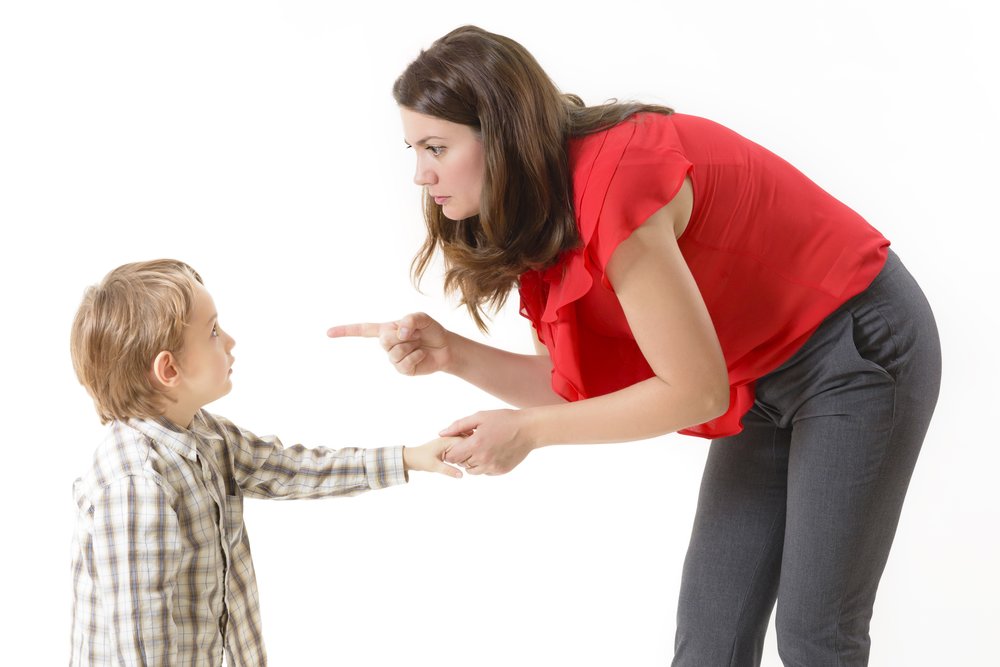The pincer grasp refers to the ability of a human being to hold an object with the help of their index finger and thumb. It is unique to human beings in the same way opposable thumbs are and stands as an instance of finer grip and muscle control of the hand that is intrinsic to the development of a child in their first year of development. Needless to say that the pincer grasp definition refers to development in children as they acquire the ability to hold objects of different sizes between their thumb and index fingers.
The ideal period, that may be referred to as the pincer grasp age, may be said to be between 9 to 12 months. The ability to grip things develop gradually through successive stages of development. Some of these stages may be described as follows:
Read More:7 Ways You Are Slowing Your Child’s Development (4th will shock you)
All You Need to Know about Pincer Grasp
 Raking Grasp
Raking Grasp
This is the stage at about eight months of age when the child has not acquired the ability to grasp but uses his or her entire palm to hold things or push things, like desirable toys, towards themselves.
Read More:Brain Development in Children: 11 Facts Every Parent Should Know
Inferior Pincer Grasp
This may be described as a crude pincer grasp that precedes the proper grasp. In this stage, the child develops the urge to hold objects with the thumb and index fingers and has some degree of success.
Pincer Grasp
This is the stage that shows the developed pincer grasp, showing fine motor development of the hand and effective gripping of toys, enabling the child to successfully engage in different kinds of activities. From picking up toys to tiny pieces of fruit, the pincer grasp will eventually help the child be adept at feeding themselves, dressing themselves and making them self-sufficient.
The grasp of a child develops through the curiosity of a child and the willingness to get a hold of the toys that they wish to play with. The process of raking gradually gives way to the pincer grasp that allows the child to properly grip and play with toys and also engage in more fun activities.
While the pincer grasp develops by the time the child is one year old, in some cases the grasp might develop a little later than usual. It is a milestone in child motor development, however, and parents must try and engage the child in fun activities that can motivate him or her to reach out and grasp things. By the time your toddler is enrolled for school, it is definitely advantageous if they know how to hold and grasp things so that they can get on with the rest of the children in the class.
Pincer grasp activities that can help develop the coordination of muscles in the hand and fingers involve pushing things together or pulling them away, picking them apart or squeezing them together. Activities that involve these actions help develop more sophisticated muscle control in children. From painting and coloring to playing, all activities need the child to master the pincer grasp.
Read More:Baby Development Milestones – 1st year
Some activities that parents may arrange for the child to foster the development of the pincer grasp are discussed as follows:
Pointing and Pushing
Encourage your toddler to use their index fingers to point at objects at books. This will encourage their intellectual development while allowing his motor function to develop as well. From creating dents into the carpet to using various kinds of sensory boards or play boards which have a lot of buttons to press, as a parent you can actively encourage the development of the pincer grasp in your kid by exposing them to the right kind of toys. Encouraging them to mold play dough into different shapes is a great way to foster their development.
Read More:15 Week Old Baby: Milestones, Feeding and Care Tips
Squeezing
Exposing your toddler to various toys that require them to squeeze for effect is also a great way to encourage pincer grasp development. From bath toys that squirt water to toys that make sounds when squeezed, there are different kinds of toys that you can make use for this purpose.
Dropping and Picking Up
Dropping and picking up things, be it toys or objects, allows the development of the wrist movement in your baby. Putting coins into a piggy bank may account for this as well. If the child is required to differentiate between similar and dissimilar objects in the course of this activity, it helps with their intellectual development as well.
Use of Basic Tools
Miniature versions of various tools like tongs, tweezers and hammers can help develop their pincer grasp to a large extent. Using these tools will surely help the child gain control over his or her hand and fingers.
Scribbling and Crafting
Using a crayon or chalk from a young age can make sure that the grip develops in time for your child to be able to hold a pencil when necessary. Engaging in basic crafting activities can also be a great help to developing motor control at this age.
It would do well for parents to remember that not all children develop in the same manner and pace. It is perfectly alright if your child develops his or her motor skills a little later than usual. However, if you perceive any serious cause for worry in this regard, it is best to contact your pediatrician right away. In the meantime, exposing the child to the right sort of toys can help develop their pincer grasp which will also allow the child to express themselves in a more effective manner.
References
https://www.nhsggc.org.uk/kids/resources/ot-activityinformation-sheets/pincer-grasp/
https://www.under5s.co.nz/shop/Hot+Topics+Articles/Child+Development/Developing+the+pincer+grip.html












